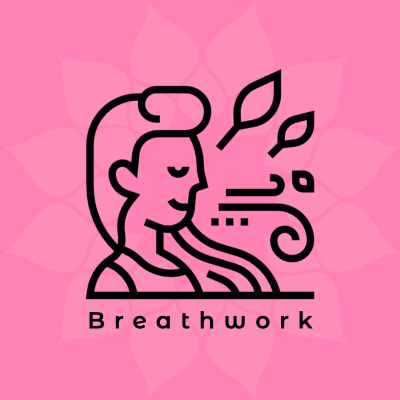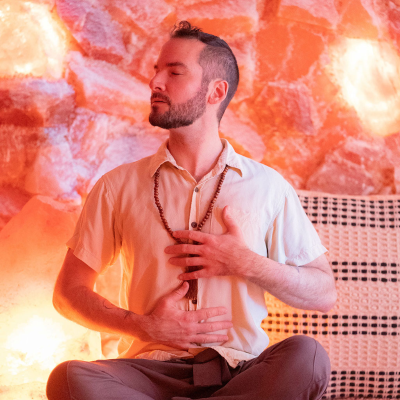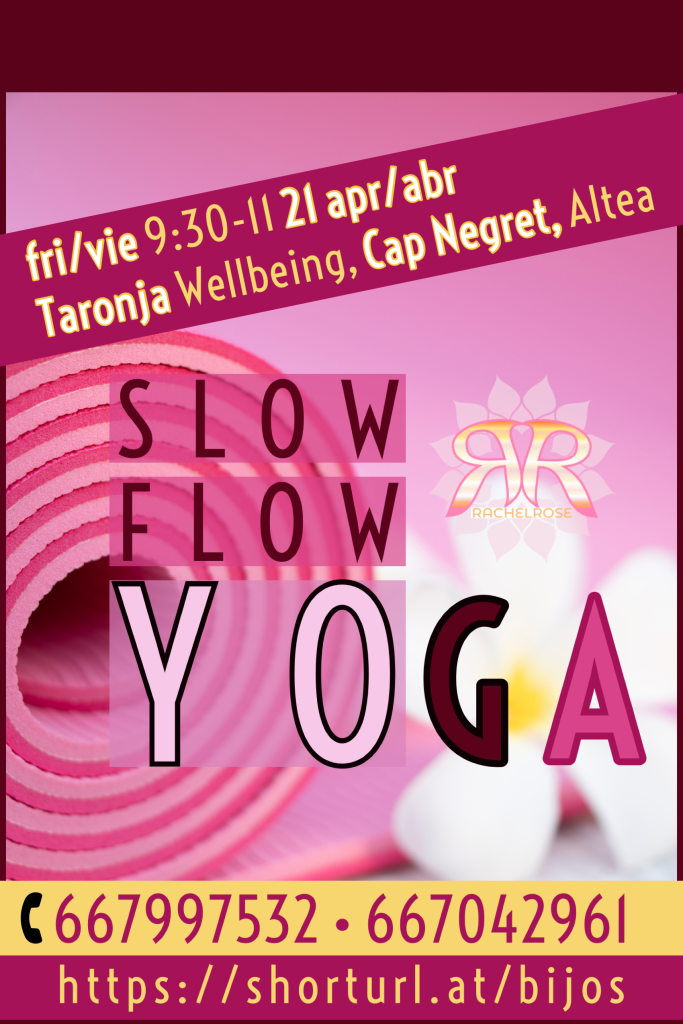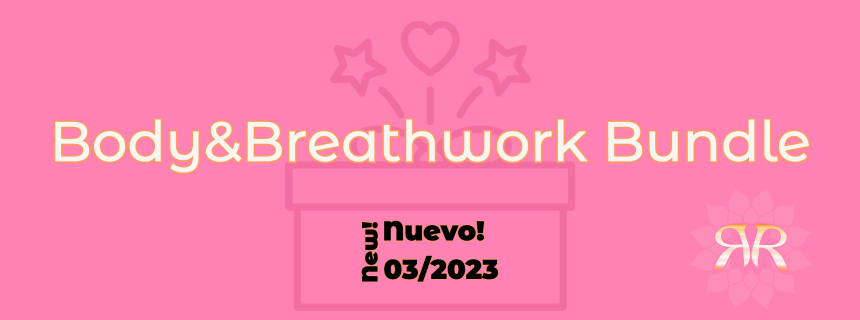
Discover a powerful breathwork technique to enhance the wellness of your mind and body. Yoga has numerous pranayâma practices, each with a specific purpose.
Diya Motwani cited one of my favourite breathing techniques in her article “Three Ways to Incorporate Self-care in 2023¨. It is always nice to get a mention in the International Press.
If you want to learn how to use breathwork to take care of both your mind and body, please read on!
Table of Contents
4-6 Breathing: A Simple Breathwork Technique
Counting the breath is one of the simplest ways to learn to breathe better. Most people are breathing far too quickly. Breathing too fast puts stress on the heart. The heart wants the blood to be fully oxygenated, and that’s hard to achieve if we are breathing too fast.
Let’s try to slow the breathing down just a little, and see how we feel. Start by closing your eyes and checking in with yourself. A brief body scan can reveal areas where tension is being held, such as the jaw, hands, or hips.
Let’s breathe!

Sitting comfortably, breathe in through your nose whilst counting 1-2-3-4. Try to make your breath last the whole time.
Then, breathe out through your nose, counting 6-5-4-3-2-1. Again, try to make your breath last the whole time that you’re counting.
Repeat for as long as you can. A nice length of time for breathwork is ten to twelve minutes.
Don’t worry if you notice little pauses after the inhale, or after the exhalation. This is perfectly normal. For this breathwork technique, we are focusing only on the lengths of the inhale and the exhalation.
Mind and Body Wellness
The breath is the bridge between the body and the mind. Most of us would love to be able to tell our thoughts to just STOP. But, we cannot. Nor can we just tell a racing heart to settle down. The breath, however, is under our conscious control. Becoming friends with the breath is the first step to becoming friends with the mind.
Breathing for Longevity
There are so many health buzzwords around these days: inflammation, toxicity, intermittent fasting, mindfulness, and the list goes on. It can be confusing to navigate the world of self-care and wellness. Rest assured, if you feel a bit lost, you’re not alone.
Good breathing, however, would underpin and accompany any diet, exercise, therapy or lifestyle change. Breathing is common to everyone, and it is safe to say that the better you breathe, the better you feel.
If you try this technique, and it feels good, please let me know. I care about the outcome.
-Rachel


